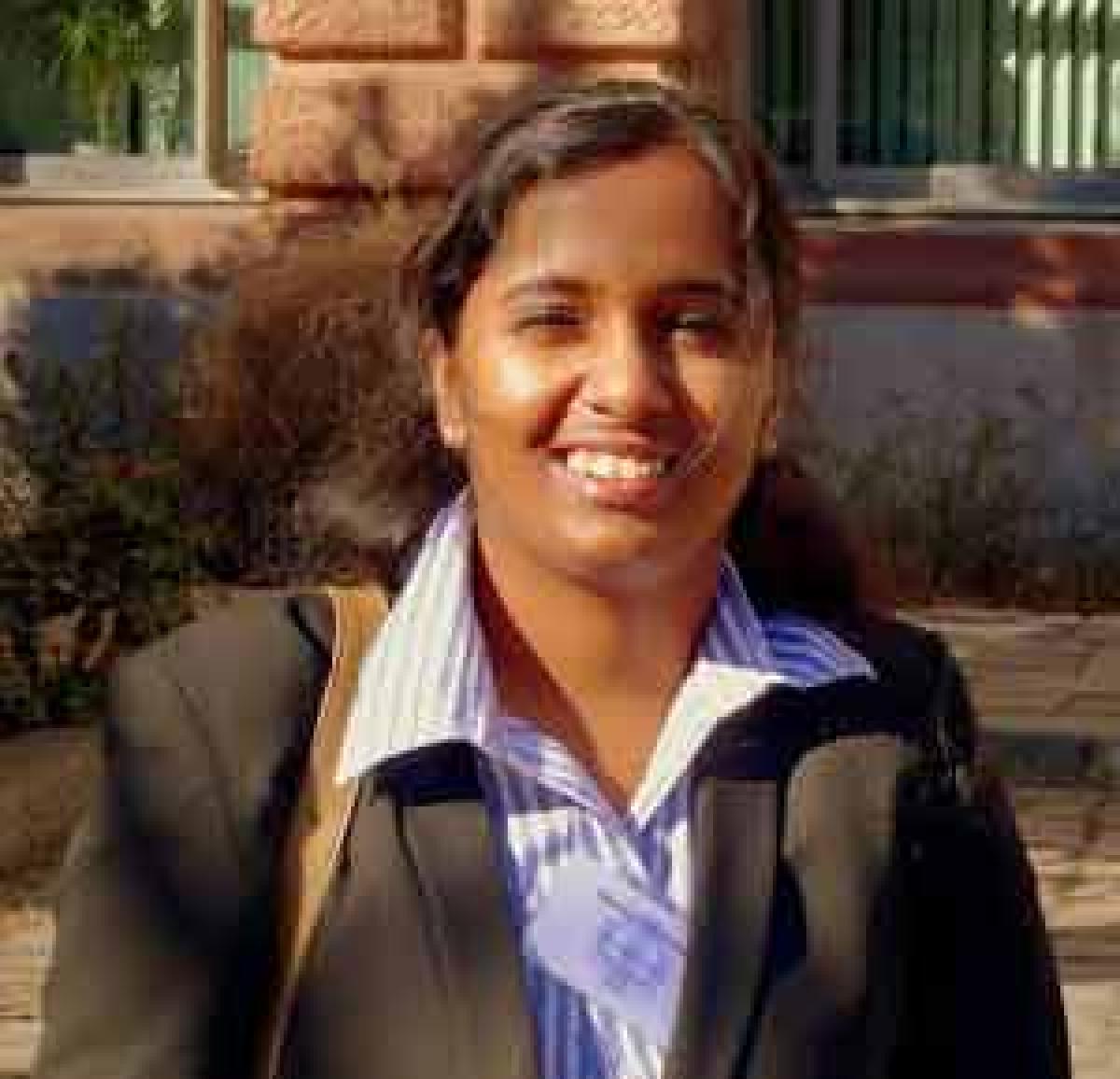Live
- Digital media platforms must curb fake news, safeguard democracy: Ashwini Vaishnaw
- BJP wants to form govt in Jharkhand to loot its natural resources: Kharge
- Germany's healthcare sector hit by skilled labour shortages
- Mallikarjun Kharge predicts INDIA bloc’s victory in Jharkhand, promises to fulfill seven guarantees
- Israel renews attacks on Beirut's southern suburbs after evacuation call
- Uzbekistan continues gas accounting, control to ensure stable supply
- Transform Anganwadi Centers into Hubs of Quality Nutrition and Education: Collector Badavath Santosh
- 'Never in history has Maharashtra slid so badly': Chidambaram faults BJP on state's economic condition
- Farmers Must Registered Livestock Details - Veterinary Doctors
- Rs 500 Bonus Per Quintal on Fine Paddy in Addition to MSP - Collector Badavath Santhosh









